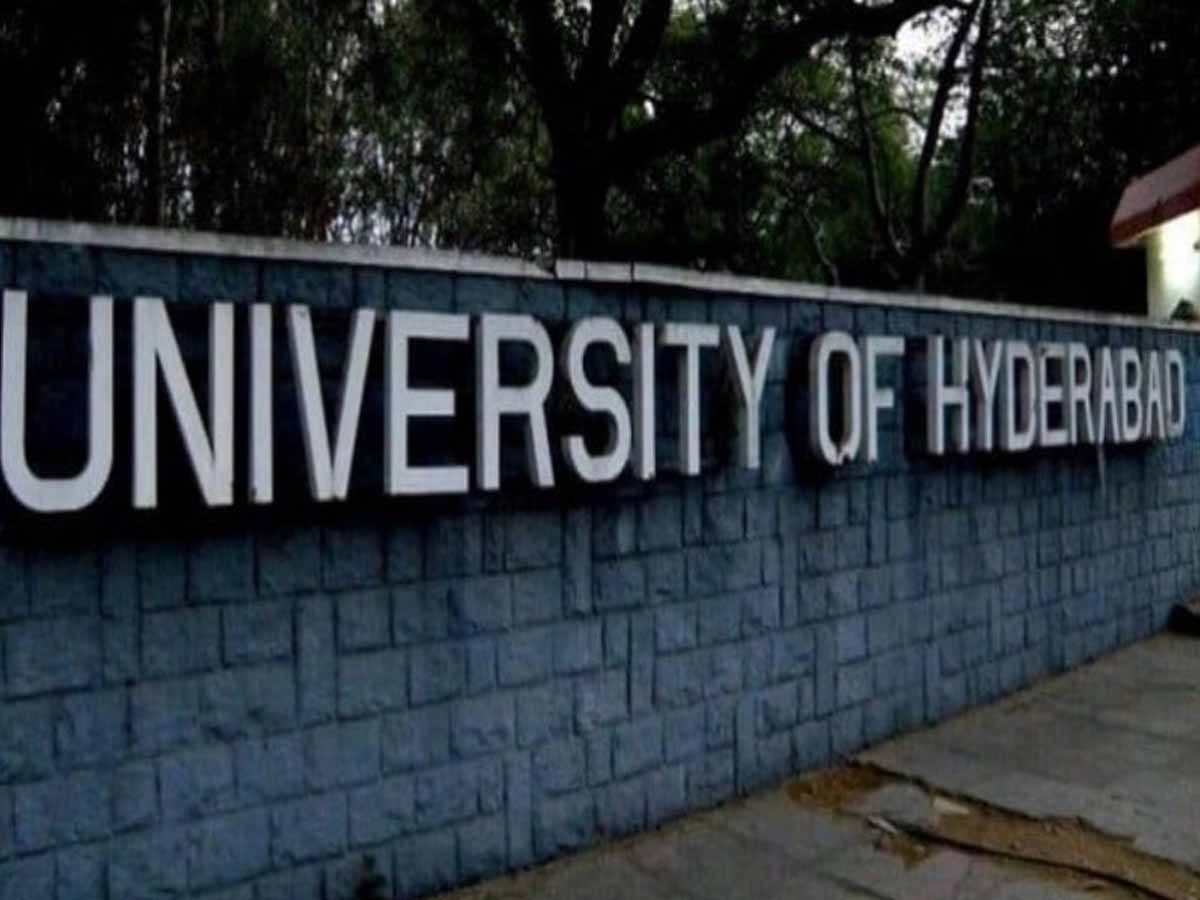
Hyderabad: A research team led by University of Hyderabad professors KC James Raju and V Seshubai has been given a patent for their innovation — “A method for preparing dielectric resonators of arbitrary shapes.” Students T Anil and Swarup Raju from the UoH School of Physics were also on the team.
The team’s method will liberate 3D microwave radiating structures free from geometric constraints and with low-loss dielectrics. According to the university, the principles of physics regulate radiation patterns, and modern communication needs necessitate a wide variety of radiation patterns.
It is also said that if the necessary dielectric materials can be shaped into the requisite, frequently complicated shapes, three-dimensional solid structures can satisfy that requirement.
With the use of a gel-casting process, this approach enables high-temperature ceramics to be sculpted into any 3D geometric structure. They aid in the development of smaller antennas appropriate for recently developed communication applications.
For engineers and researchers working in the fields of microwave and RF engineering, the technique for creating dielectric resonators of any shape is a useful resource because it provides a number of benefits, including customized resonant properties, compactness, efficiency, bandwidth, versatility, and design freedom.
Another patent has been issued to KC James Raju and his colleagues at CASEST, School of Physics, for the innovation ‘Laser-based technique to crystallize ferroelectric thin film at 300° C temperatures for tunable microwave devices”.
The university said that using this laser-based method, they could lower the crystallization temperature of various functional thin-film materials from 700 to 300 °C, which are intended for use in microwave device applications.
In order to realize key microwave devices for next-generation communication technologies, which require tunable microwave devices for electronically reconfiguring communication networks, the approach makes the procedure compatible with a number of previously-banned scenarios. Certain devices function by making use of certain special features that certain materials only display in their crystalline and thin-film forms.
The functional material cannot be integrated with substrates at high temperatures. Here, a non-thermal method supported by a laser-based approach helped to accomplish crystallization.
The laser technique of crystallization has multiple benefits, including accuracy, speed, selectivity, high purity, flexibility, scalability, and energy efficiency, making it a popular choice for crystallizing materials in a variety of businesses and research settings.



